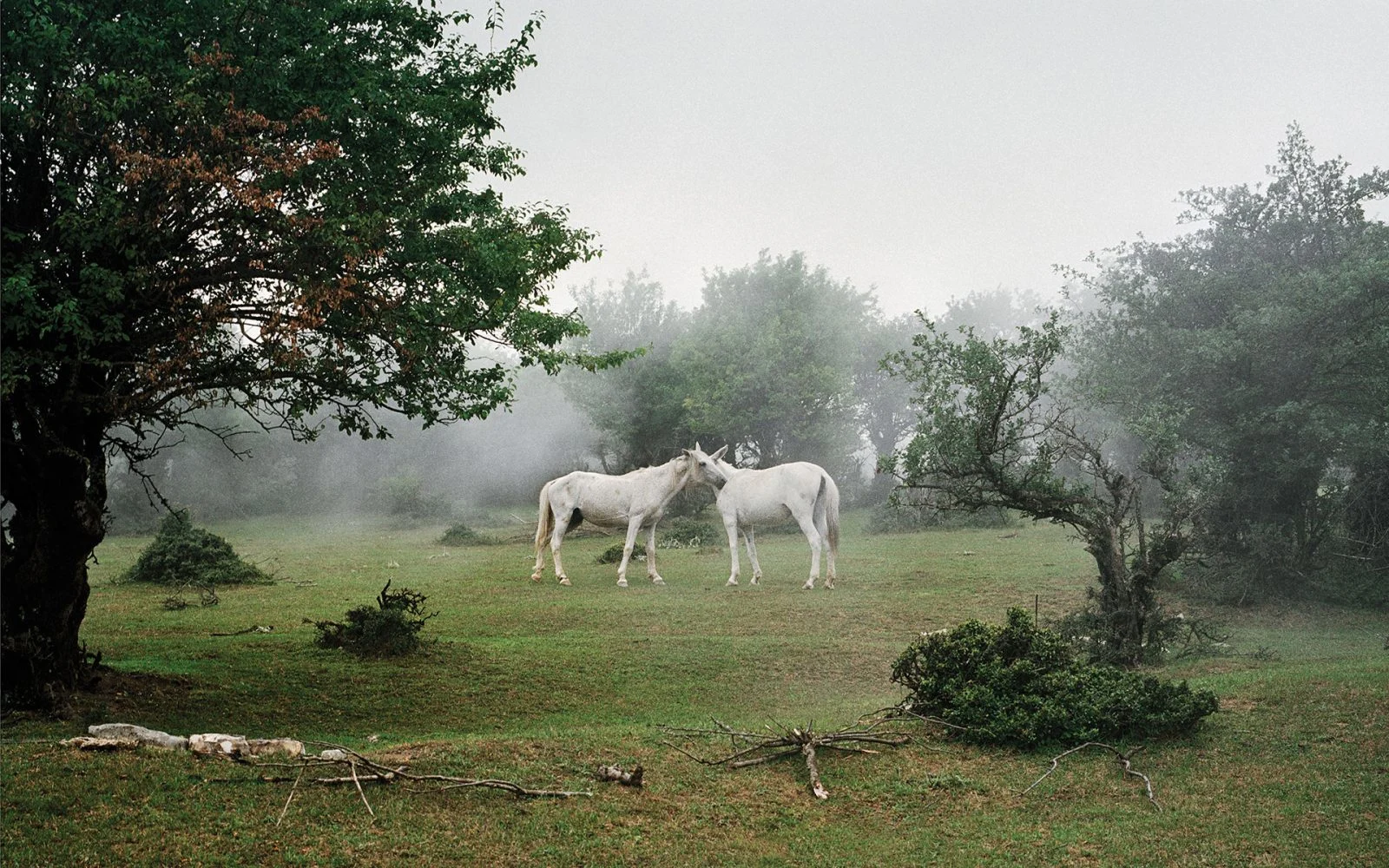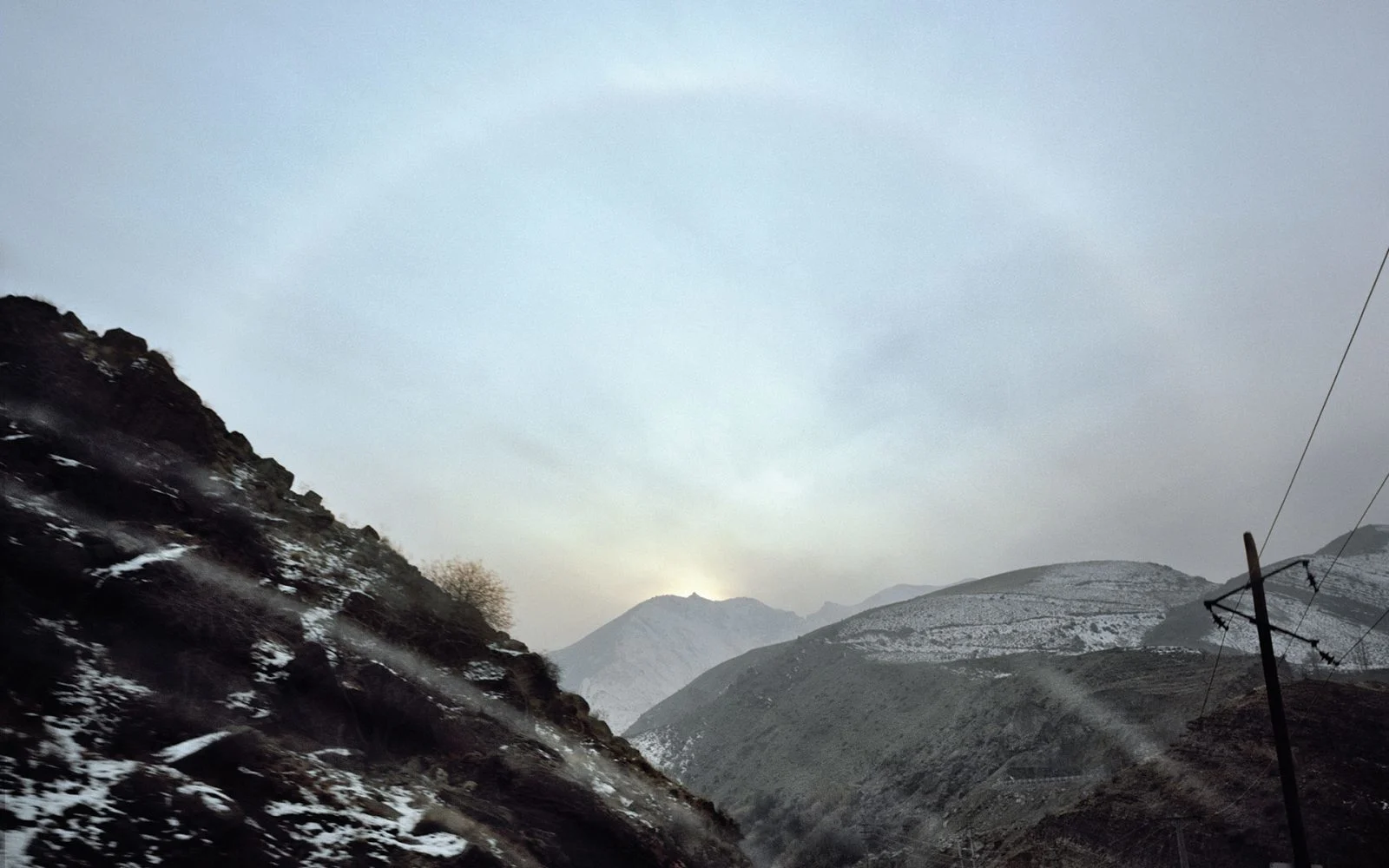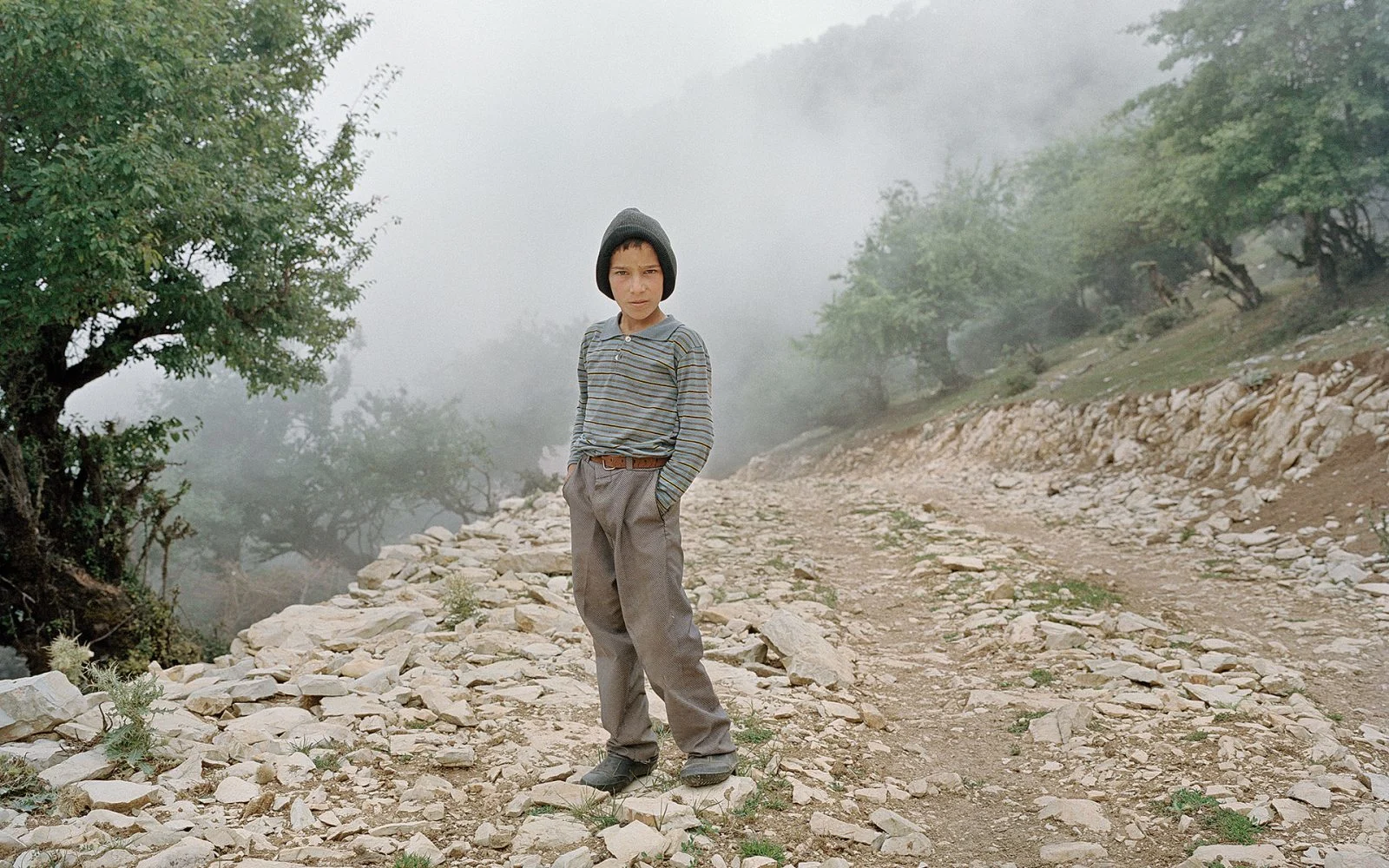
Hoda Afshar’s photographic love letters to her homeland Iran beautifully capture the complex feelings that come with migration. Some of her images show familiar pictures of the country, like satellite dishes and clamshell phones. Others break out of these almost stereotypical depictions, inviting you to broaden your perspective, such as a photo of two white horses in a magical, misty environment. With a healthy dose of melancholy, the series celebrates both the typical aspects of Iran and the artist’s search for identity. We talked to Hoda about the impact of leaving home to live in Australia and how this has shaped her views on Iran.

Why did you call the series In the exodus I love you more?
It’s taken from a poem written by the Indian/Pakistani emigrant poet Agha Shahid Ali. His works portray the uncanny feelings that are embedded in the experience of migration, distance and separation. When I discovered it, I was amazed by the similarity between my own feelings about migration and those reflected in his poems. It was as if they were written for me! From contemplations on loss and grief, to how you form and develop a completely different sense of melancholic love for your homeland after leaving it. His poem In the exodus, I love you more pretty much distills those feelings and thoughts perfectly.

You explained that the series is an ongoing documentation of your changing vision, and relation to, your homeland. How would you say these elements have changed over the years?
I left Iran about a decade ago, and though I return home often, it fundamentally changed me personally as well as in my work as photographer. Migration shatters and ruptures your worldview.
However, I don’t see it as a completely negative experience. I believe being uprooted and the challenge of settling somewhere else gives a strange sense of homelessness. On the one hand, you don’t belong completely to your homeland, but on the other, you don’t fully belong to your relocation either. This gives you a unique vision. As Edward Said puts it, it’s “a way of seeing the entire world as a foreign land.” I’ve tried to embrace this by making this series, and in my practice at large.
I also think it’s fascinating things can become nearer the more you draw distant, and vice versa. It’s something I’ve explored a lot in this project, consciously or not. It’s a play of presence and absence.

Quite a lot of your work in this series show “foggy” surroundings. How come?
It’s used here as a metaphor for multiple themes that I’m exploring. First, it’s because a place like Iran is often limited or reduced to what’s reflected on the surface. The reality of these places is partially, or even mostly, absent in that reflection. It’s also why I capture things hidden behind curtains or cloths.
The fog is also used to reference the ambiguity of time when you migrate. It creates a different sense and experience of it; as if you’re hovering in-between two worlds. It can feel like time stops and everything is on pause when you leave a country, until you return.
Lastly, the fog adds a poetic layer to the image too, and this kind of romanticization is inevitable when one looks at their homeland from a distance. Especially when the cultural worlds you live between are so different.

You’re doing a PhD and are giving lectures at Photography Studies College in Melbourne. How is it to combine this theoretical approach with your practical approach as photographer?
I started my PhD research five years after my migration, when I was completely gripped by questions of identity and representation. I needed to understand the titles I was given in this new world that I walked into; an “Iranian” “female” “migrant” artist. I wanted to know why and how these labels are fabricated and how they operate in the West.
I used research as a tool, as a way of discovering and reaching the layers hidden beneath the surface of the issues that my art aims to respond to. My practice and research are inevitably intertwined, and both respond to my surroundings and the questions that occupy me.




